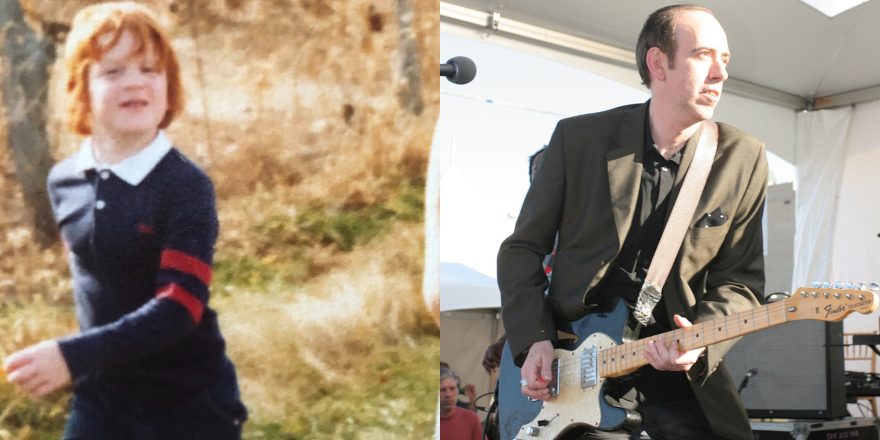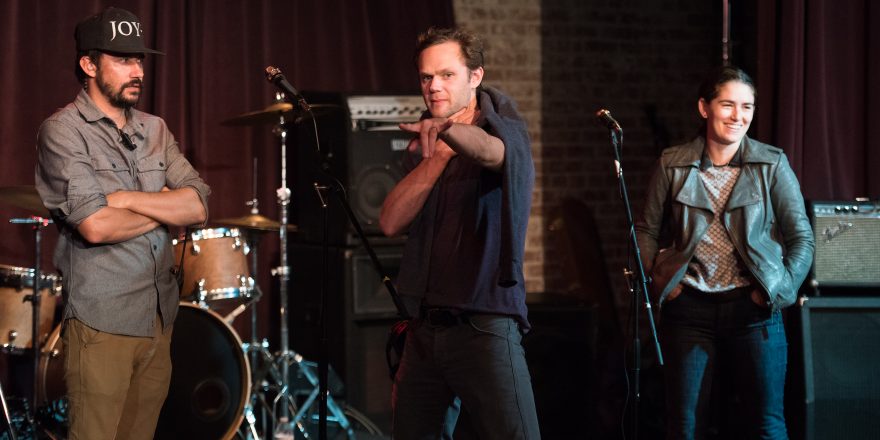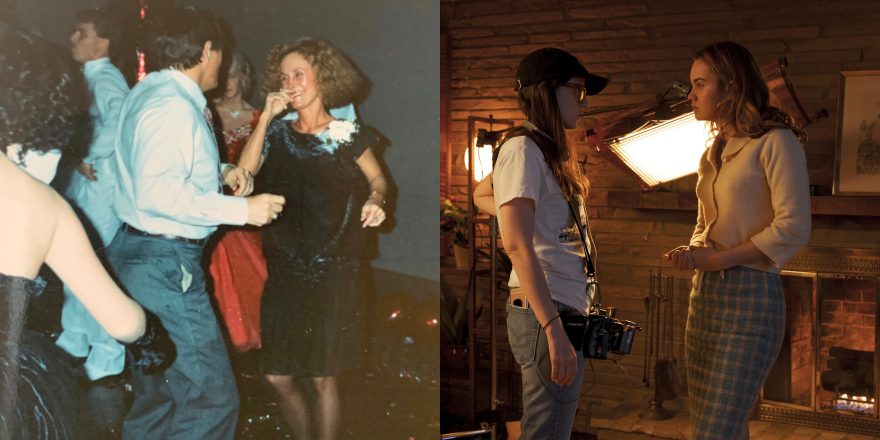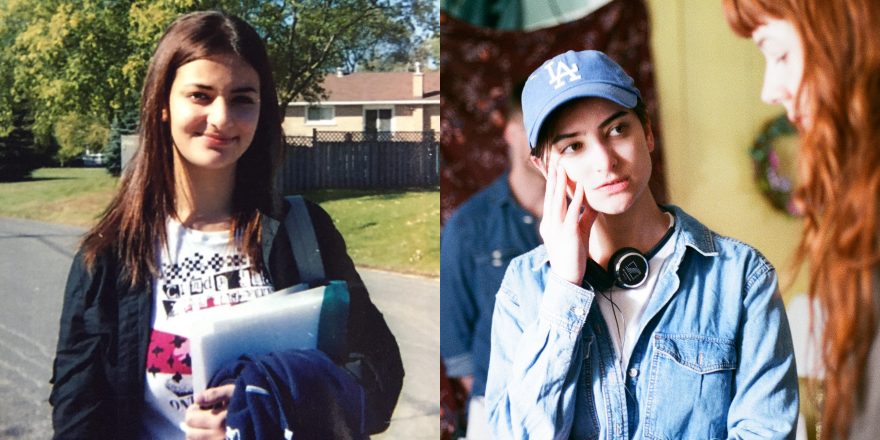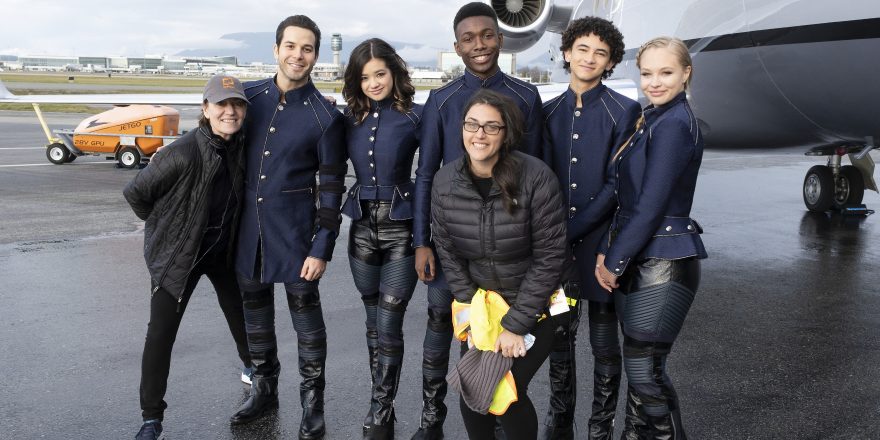If you’re about to, or even just contemplating, making a film, you dream of the music. It’s fun to think about. Late nights of isolation, diving deep into the hidden recesses of YouTube, exploring, discovering, salivating over different songs and sounds. There’s this track that you absolutely have to have. And what about this gem that would be perfect for a transition you have in mind? And what about that deep cut from the huge band you think will be more attainable than their bigger hits? Then reality kicks in and you learn that the publisher’s rights don’t work out, the master becomes impossible to clear, the artist barely has any say on how their own music can be used, or it turns out the price tag for even the most obscure song is a giant chunk of your entire budget.
This piece touches on my experience navigating this area of filmmaking, teenaged rock & roll hero worship, a good lesson in self-seeking and, finally, a nice twist on that sage advice to never meet your heroes, as they’ll be sure to let you down.
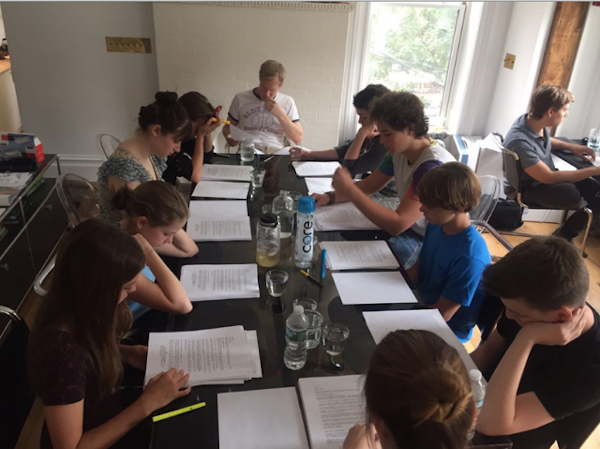
My latest film, 18 to Party, is about a group of young teenagers hanging outside a nightclub and set in a very standard outer-suburban town in 1984. It’s my effort at making a Generation-X Our Town of sorts, and Brighton, the film’s fictional locale, is my Grover’s Corners. It’s an allegorical story about a generation waiting for something that’s likely not going to happen and, if it does happen, likely won’t be that great.
Almost all the particularities kids of this era possessed applied to my young life. I was a latchkey kid, a product of multiple divorces with a single, working mother and a lot of unsupervised time. The custody agreement dictated that my sister and I spend every other weekend with my father. At his house, I had a makeshift bedroom of sorts in a sloped-ceiling attic room. There was a little bed, a dresser, and on it a small black and white television with rabbit ear antennas and little pieces of aluminum foil affixed to the top of each one. As a little kid, Saturday nights were about climbing into bed and trying to stay up late enough to watch Saturday Night Live. I never made it. And if I did, it usually looked like my popping awake while credits rolled over the cast waving goodbye. One particular night, though, I was jolted awake by the host, Ron Howard – big mustache, improbably shaggy hair – enthusiastically introducing the evening’s musical guest. A band called the Clash. And that was it for me. They were simply the coolest thing that I had ever seen or heard. We’ll get back to this in a moment.
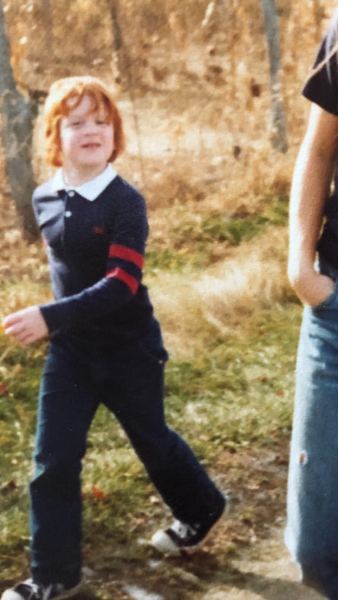
Before 18 to Party, I’d written screenplays, had done a little work as a producer, but music was still its own baffling universe. One of the many fortuitous winks delivered to 18 to Party by the Indie Filmmaking Gods was a relationship I developed with one of the great music supervisors in the business, Susan Jacobs. My connection to Susan came from one of the film’s producers, Emily Ziff-Griffin, who worked with Susan on films she made with her longtime producing partner, Philip Seymour Hoffman. Of course, there was very little chance that a music supervisor of that stature would take on a tiny-budgeted film about young teenagers not really doing much of anything. But Susan is a special kind of human, and when I heard she was into the script and up for meeting, I was equal parts excited and nervous as hell.
And this is where I decided to take a bit of a different approach. It was the night before our first day of shooting and the first day of my life as a film director. There was an early morning call-time and the sensible thing to do was to get a decent night’s sleep. It was, though, the only time Susan could meet before leaving town, so we decided to have a quick bite in Brooklyn Heights. In the past, I’d map out exactly what I wanted to say. The talking points. The reasons this movie was going to work so well and why she should want to take part in it. A comprehensive list of all the music I wanted so she could tell me what was possible and what was unlikely. Basically, the goal was to get something I wanted. But I was tired of that flimsy approach to things. It was a long road to get to the first day of directing a movie and the way things fell into place after not falling into place for a long time felt as if a Higher Power of sorts was more in control of this operation, not me willing my way to get my way.
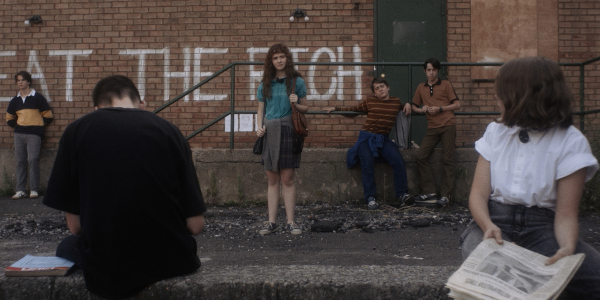
So I promised myself that I was not going to mention music. Not even once. In fact, I wasn’t going to mention the film at all. I was just going to let things unfold and get to know this person. I also wanted to be in bed by nine or so and get as much rest as possible for the next day. So Susan and I ate and talked about nearly everything. About art and death and dreams and spirituality and relationships and dogs and the benefits of swimming in freezing water and a million other things. But we didn’t talk about music. And we didn’t talk about movies. One hour became two, two became three, and we found ourselves walking and talking our way through Brooklyn Bridge Park, until I finally checked the time. “Holy shit, it’s one in the morning, Sue,” I said. I called an Uber and in minutes a grey Prius pulled to the corner. As I stepped into the car Sue said, “Oh, Emily mentioned you were interested in some strange Mick Jones music for the movie. I’ve known his manager, The Clash’s manager, since the ’80s, so let me call her. And I have some other ideas I have for you, too.”
And that’s how it happened. And it happened this way because, very simply, I wasn’t trying to get anything. For months after, Susan and I worked together and it was a master class on the purpose of music in cinema. How it can drive narrative. The power it has to shift tone and meaning. The way it can push and pull a character’s presence. Sue talked me out of one cue I desperately wanted and instead inserted a song that added heft and pathos to the film that it hadn’t yet possessed. Susan is an artist of the highest caliber. More importantly, though, she and I have become close friends. She’s also tried to get me swimming in icy water, but I’ve yet to be won over.
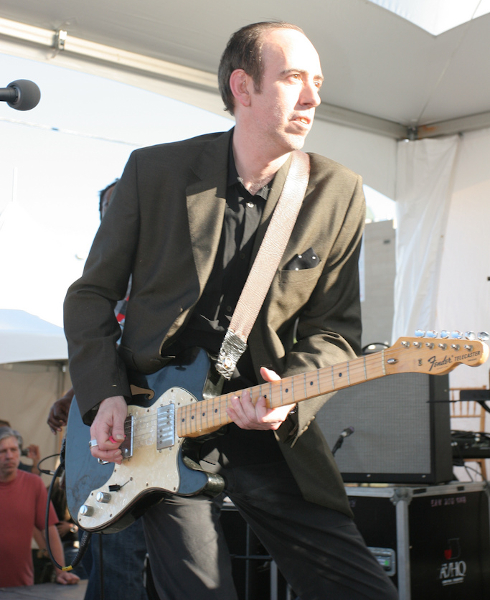
Now back to the Clash and, specifically, Mick Jones, half of one of the great writing duos in the history of rock & roll. There’s Lennon and McCartney, Jagger and Richards, and not far behind, Strummer and Jones. I had found unreleased music by an outfit, led by Mick, called Top Risk Action Company. The story was that one morning in 1983, Mick was kicked out of The Clash – akin to Paul McCartney being tossed out of the Beatles – and by later that afternoon he had put his next band together. The music they made, the music that I fell in love with, hadn’t been released and ostensibly became a demo for Mick’s next band, Big Audio Dynamite. It was a mish-mosh of punk, dance, ska, funk, reggae. It was unlike anything I’d ever heard and it was perfect for what I wanted. Susan also thought it was a long shot. I wrote the impassioned letter to Mick about my lifetime relationship to his work, popped it in the mail, and hoped for the best. Several weeks later, Mick’s manager wanted to see the scenes and, long story short, Mick allowed me to use several minutes of his music. He didn’t have to – there certainly wasn’t much in it for him, as far as I could see – but he did.
For me, the music serves the entire catharsis of the film. But the greater realization that a lonely kid who worshipped a rock & roller so many years ago now has that artist’s music in his film, and based on nothing more than his generosity of spirit, is truly a dream come true. Of course, the lesson to this meandering story is, yes, have faith in your heroes, try to meet them, try to work with them. They may very well not let you down.


